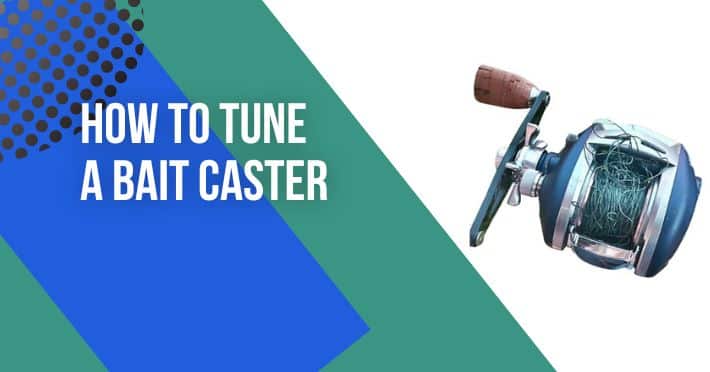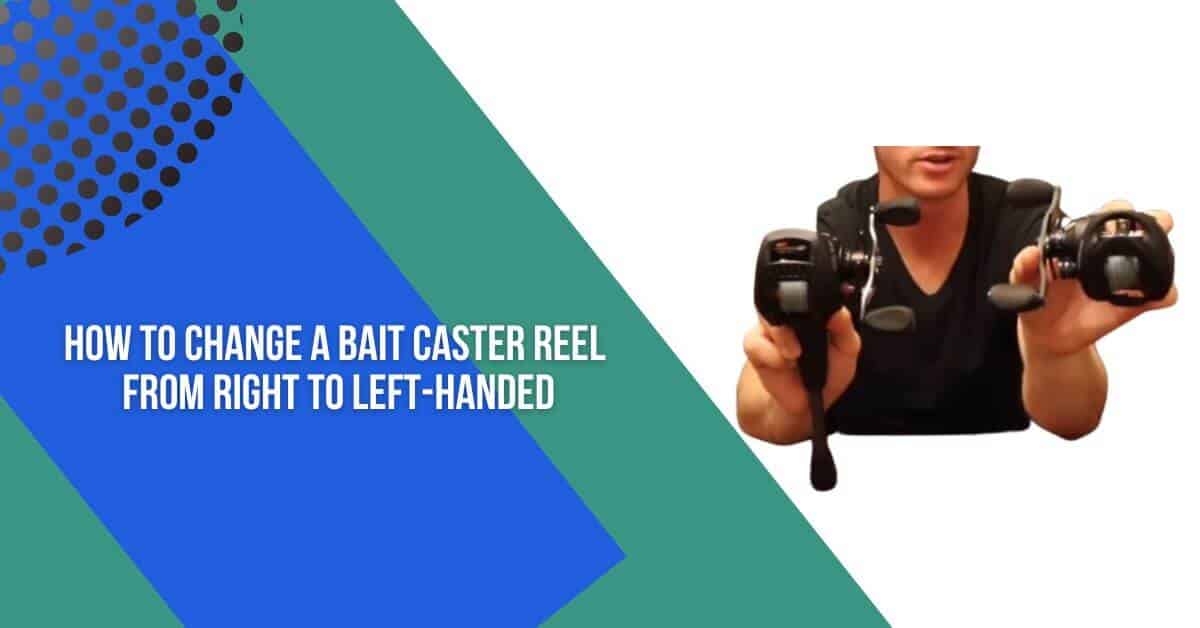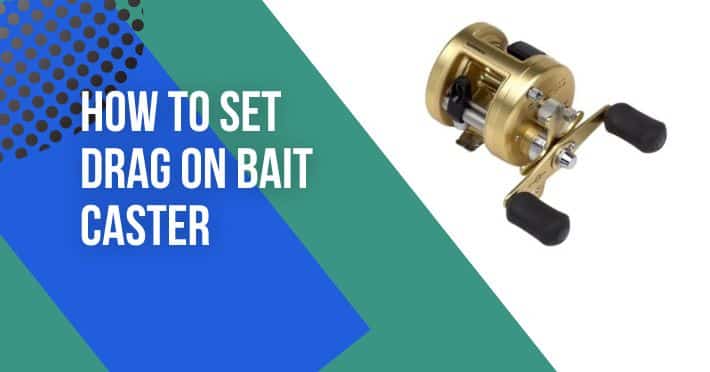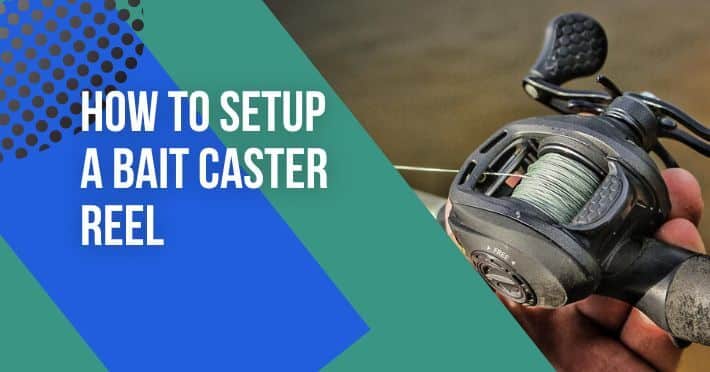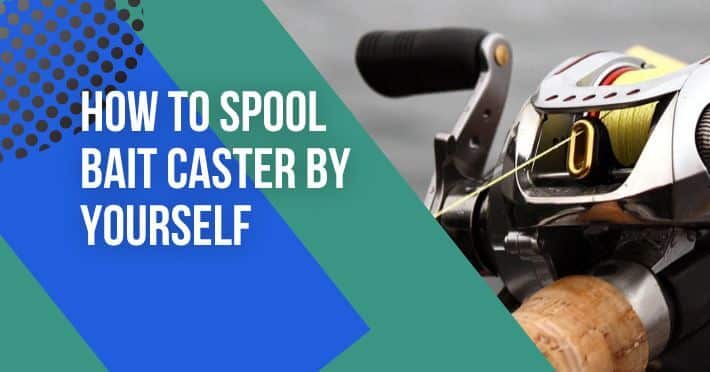Contents
- 1 Baitcaster Drag Slipping
- 2 Understanding Baitcaster Drag Slipping
- 3 Causes of Baitcaster Drag Slipping
- 4 Troubleshooting and Solutions
- 5 Conclusion
- 6 FAQs!!
- 7 Q1: What is baitcaster drag slipping?
- 8 Q2: What causes baitcaster drag slipping?
- 9 Q3: How can I prevent baitcaster drag slipping?
- 10 Q4: How do I adjust the drag on my baitcasting reel?
- 11 Q5: Can I fix the drag slipping issue myself?
- 12 Q6: How often should I clean and lubricate my baitcasting reel?
- 13 Q7: Can using heavier fishing line prevent drag slipping?
- 14 Q8: How do I know if my drag washers need replacement?
- 15 Q9: Can drag slipping be completely eliminated?
- 16 Q10: Is baitcaster drag slipping a common issue?
Baitcasting reels are a popular choice among anglers for their accuracy and control. However, one common issue that can arise is the drag slipping, causing frustration and potentially leading to lost fish. Understanding the causes behind baitcaster drag slipping and implementing appropriate solutions is essential for anglers seeking to optimize their fishing experience.
In this article, we will explore the reasons why drag slipping occurs, delve into troubleshooting techniques, and provide practical tips to help you overcome this problem.
Baitcaster Drag Slipping
The drag system in a baitcasting reel is responsible for applying resistance to a fish’s pull, allowing the angler to maintain control during the fight. Drag slipping refers to a situation where the drag system fails to provide consistent resistance, resulting in the line spool releasing more lines than intended. This can happen during a fish’s run or even during the initial hookset.
Understanding Baitcaster Drag Slipping
The drag system in a baitcasting reel is designed to provide controlled resistance to the fish’s pulling force, allowing anglers to tire out their catch without snapping the line. Drag slipping refers to a situation where the drag mechanism fails to maintain a consistent level of resistance, resulting in the line being released more easily than desired. This can happen during a fish’s initial strike or when it makes a strong run.
Causes of Baitcaster Drag Slipping
Several factors contribute to baitcaster drag slipping. Understanding these causes is crucial in diagnosing and rectifying the issue. Here are some common culprits:
- Improper Drag Setting: Incorrectly setting the drag too high or too low can lead to slipping. It is important to strike a balance between a drag that is too loose, resulting in line breakage, and a drag that is too tight, causing excessive pressure on the fish. Adjust the drag according to the fish species and the fishing conditions to prevent slipping.
- Wear and Tear: Over time, the drag washers inside the reel can become worn or damaged. Friction between the washers can reduce their effectiveness, resulting in the drag slipping. Regular maintenance, such as cleaning and lubricating the reel, is essential to ensure optimal drag performance.
- Contaminated Drag System: Accumulation of dirt, debris, or old lubricant within the drag system can hinder its smooth operation. Clean the reel thoroughly, paying special attention to the drag components, and apply appropriate reel lubricants to ensure smooth drag engagement.
- Line Issues: The type and condition of the fishing line can also contribute to drag slipping. Old or worn-out line may lack the necessary grip on the spool, causing it to slip. Additionally, using a line with an inappropriate pound-test rating for the targeted fish species can result in drag problems. Regularly inspect and replace your line to prevent such issues.
Troubleshooting and Solutions
When faced with baitcaster drag slipping, several troubleshooting techniques can help identify and rectify the problem. Consider the following solutions:
- Check and Adjust Drag Settings: Ensure that the drag is properly set before each fishing session. Test the drag by pulling the line from different angles, gradually increasing the force until the drag slips. Adjust the drag tension accordingly to achieve the desired resistance without compromising its functionality.
- Inspect and Replace Worn Drag Washers: Regularly examine the drag washers for signs of wear or damage. If they appear worn or compressed, replace them with new ones compatible with your reel model. Consult the reel’s user manual or contact the manufacturer for guidance on obtaining and installing the correct drag washers.
- Clean and Lubricate the Reel: Periodically clean your baitcasting reel to remove dirt, debris, and old lubricant that may affect the drag system’s performance. Disassemble the reel as per the manufacturer’s instructions and clean all components using mild soap and water. After drying, apply the recommended reel lubricant to ensure the smooth operation of the drag system.
- Use High-Quality Fishing Line: Invest in high-quality fishing lines suitable for the targeted fish species. Ensure that the line is within its recommended lifespan and has the appropriate pound-test rating for the fishing conditions. Replace the line when signs of wear or deterioration are observed.
- Seek Professional Assistance: If the issue persists despite your troubleshooting efforts, consider taking your baitcasting reel to a professional fishing tackle store or a reel service center. Experienced technicians can thoroughly inspect the reel, diagnose the problem accurately, and make the necessary repairs or adjustments.
Conclusion
Baitcaster drags slipping can be a frustrating experience for anglers, but with proper understanding and troubleshooting techniques, it can be resolved. By following the tips and solutions provided in this article, you can enhance your fishing experience and maintain control over your catch. Happy angling!
FAQs!!
Q1: What is baitcaster drag slipping?
Baitcaster drag slipping refers to a situation where the drag system in a baitcasting reel fails to provide consistent resistance, causing the line to release more easily than intended. This can result in lost fish and frustration for anglers.
Q2: What causes baitcaster drag slipping?
Several factors can contribute to baitcaster drag slipping. Some common causes include improper drag setting, wear and tear on drag components, contamination or lack of lubrication within the drag system, and using low-quality or worn-out fishing line.
Q3: How can I prevent baitcaster drag slipping?
To prevent baitcaster drag slipping, follow these tips:
Set the drag properly, balancing resistance and line protection.
Regularly inspect and replace worn or damaged drag washers.
Clean the reel, especially the drag components, and apply appropriate lubrication.
Use high-quality fishing line that matches the reel’s specifications and replace it when needed.
Q4: How do I adjust the drag on my baitcasting reel?
To adjust the drag on a baitcasting reel, locate the drag adjustment knob or dial on the reel. Tightening the drag increases resistance, while loosening it reduces resistance. Test the drag by pulling the line from different angles, gradually increasing the force until the drag slips. Adjust the tension accordingly for the desired resistance.
Q5: Can I fix the drag slipping issue myself?
Yes, many drag slipping issues can be resolved by anglers themselves. By following proper maintenance procedures, adjusting the drag correctly, and replacing worn components, you can often fix the problem. However, if the issue persists or if you are unsure about the repair process, it’s advisable to seek assistance from a professional fishing tackle store or reel service center.
Q6: How often should I clean and lubricate my baitcasting reel?
It is recommended to clean and lubricate your baitcasting reel after every fishing trip or at least once every few months, depending on frequency of use. Regular maintenance helps prevent contamination, keeps the drag system functioning smoothly, and prolongs the lifespan of your reel.
Q7: Can using heavier fishing line prevent drag slipping?
Using heavier fishing line may provide more resistance, but it’s important to use line that matches the reel’s specifications and the target species. The pound-test rating should be appropriate for the fishing conditions. Using an excessively heavy line can put unnecessary strain on the reel and may not necessarily prevent drag slipping if other factors are at play.
Q8: How do I know if my drag washers need replacement?
Inspect the drag washers for signs of wear, compression, or deterioration. If the washers appear flattened, cracked, or significantly worn, it’s time to replace them. Additionally, if you notice a significant decrease in drag performance despite proper adjustment and maintenance, worn drag washers could be the cause.
Q9: Can drag slipping be completely eliminated?
While proper maintenance and adjustments can significantly reduce the occurrence of drag slipping, it is difficult to completely eliminate the possibility. However, by following best practices, you can minimize the chances of drag slipping and improve your overall fishing experience.
Q10: Is baitcaster drag slipping a common issue?
Baitcaster drag slipping can occur, particularly if the reel is not properly maintained or if adjustments are not made according to the fishing conditions. However, with proper care and regular maintenance, the chances of experiencing drag slipping can be significantly reduced.


